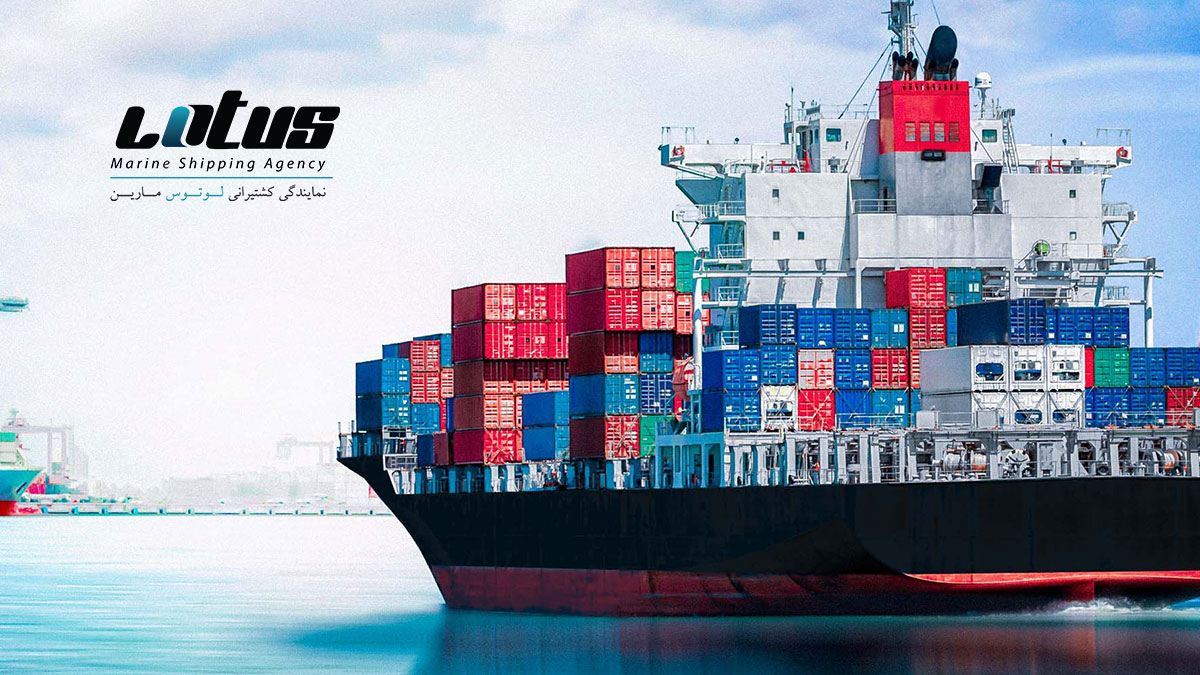More than anyone else in the maritime world, engine OEMs have to prepare for a future
without fossil fuels, and they are working hard to build diesel power systems that are
future-proof and ready to make the leap.
Since the future fuel mix is not yet known for certain, one solution is in building flexibility
into the product line. A ship that runs on diesel today might need to run on methanol,
hydrogen or ammonia tomorrow, and a shipowner can breathe a bit easier by buying an
engine that can be adapted to next-gen fuels.
Wärtsilä has taken this tack with its new Wärtsilä 25 four-stroke engine, which is
designed from the outset to make the changeover. With variable valve timing, high
pressure common-rail fuel injection and modular construction, the 25 is intended from
the outset for simple alteration to accommodate future fuels. In fact, modifying the 25 for
a next-gen fuel would be a relatively minor part of the work when it comes to a vessel
retrofit.
"Switching to another fuel is primarily a change to the top side of the engine – the fuel
injection system, replacement or remachining of the cylinder heads, automation system
reprogramming and retuning. But in a retrofit situation, the engine is a small part of the
work package. The tank and fuel pipe alterations are much more demanding and
costly," says Stefan Nysjö, Vice President Power Supply – Marine Power at Wärtsilä.
The Wärtsilä 25 will likely be the company's first engine to run on ammonia, and
development work is under way towards technology concept readiness in 2023. A
commercial ammonia-fueled variant of the 25 will follow soon after.
click here for more information about iran sea freight .

